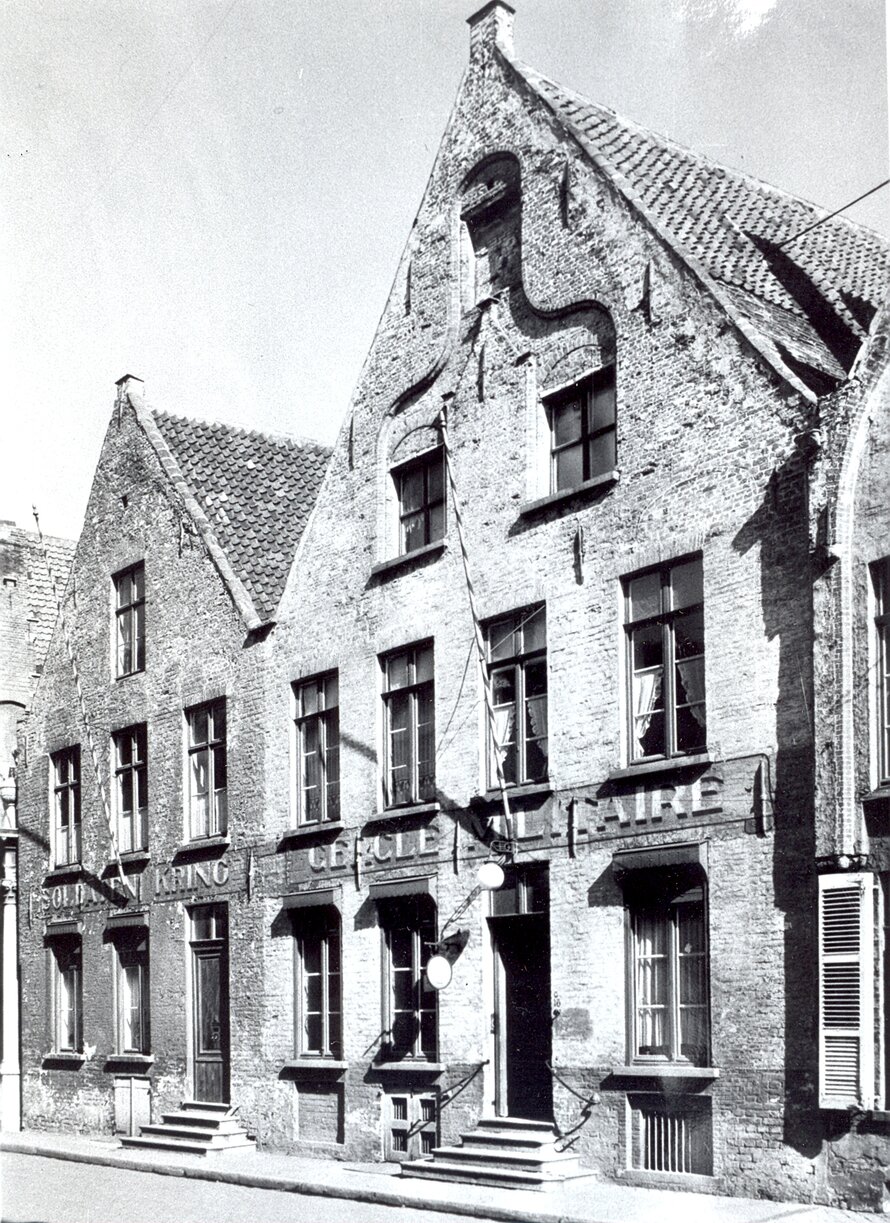Urban renewal programme: historic city centre of Bruges and suburb of Assebroek
Various restorations and also construction of new buildings undertaken in the city centre of Bruges and suburb of Assebroek. Vlamingstraat: an ensemble with an unique wooden gable and typical brick gable; Oude Burg: remarkable brick-vaulted cellars and oak roof skeleton; ...
Read more
Project details
| Title: | Urban renewal programme: historic city centre of Bruges and suburb of Assebroek |
|---|---|
| Entr. year: | 1979 |
| Result: | Diploma |
| Country: | Belgium |
| Town: | Bruges |
| Category type: | architectural heritage |
| Notes: | The Historic Centre of Brugge has been listed by UNESCO as a World Heritage Site since 2000 |
| Building type/ Project type: | Urban renewal/design - Village renewal/design |
| Former use: | Inner urban area respectively suburb |
| Actual use: | Historic urban areas with a new pedestrian zones, appropriate infrastructure and a resident population |
| Built: | 16th-17th century |
| Architect / Proj.leader: | L. Deprez, Planning Architect's Office (Bruges - BE) |
| The Jury's citation: | |
| GPS: | 51°12'39.8"N 3°13'27.8"E |
Description:
Various restorations and also construction of new buildings undertaken in the city centre of Bruges and suburb of Assebroek. Vlamingstraat: an ensemble with an unique wooden gable and typical brick gable; Oude Burg: remarkable brick-vaulted cellars and oak roof skeleton; erection of a small scaled new office building; creating a pedestrian area in the town center; erection of the new children's library integrated in the surrounding; Steenstraat: old store facades have been rebuilt and renovated; lighting of monuments, a car park, a farmsite renovated to a children's model farm. Not valuable house parts pulled down to make old constructions visible and to rearrange houses to habitable sizes, offices, etc. New buildings are small scaled and built in harmonizing materials.
Similar projects
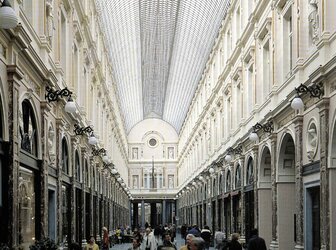
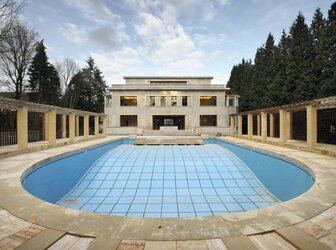
1931 - 1934
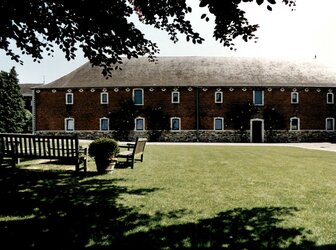
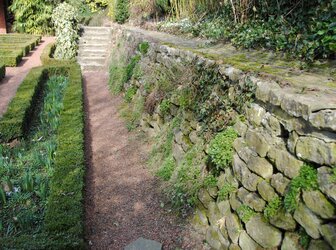
1927 - 1928
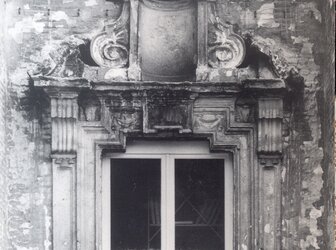
17th century
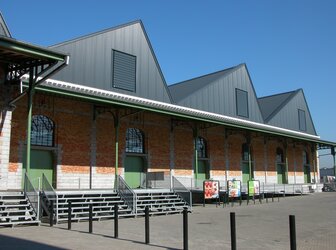
19th century
16th century
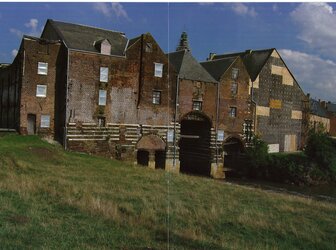
early 16th century
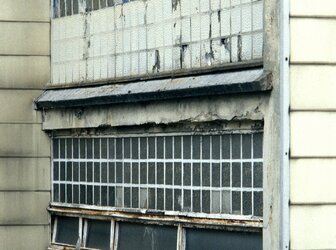
1930s
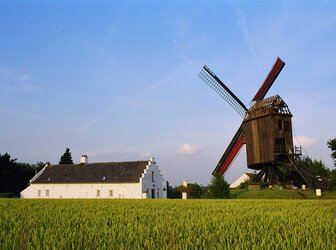
18th century
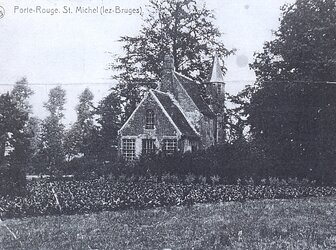
15th century
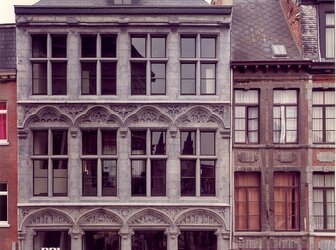
16th century
